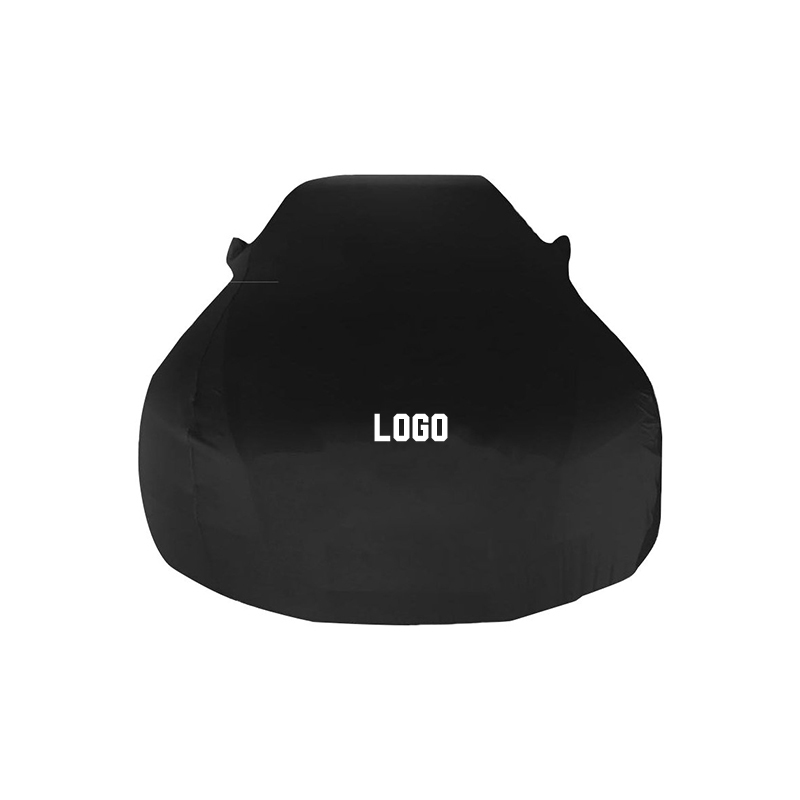When choosing a boat cover, the material quality plays a crucial role in determining the protection it provides. Two commonly used materials are 600D and 1200D fabrics, often mentioned when discussing boat covers. To help you make an informed decision, let’s break down what these terms mean, how they differ, and the factors to consider when choosing between the two.
Understanding "D" in Boat Cover Fabrics
The "D" in 600D and 1200D refers to denier, a unit of measurement used to indicate the thickness of the individual fibers used in the fabric. The higher the denier number, the thicker and stronger the fabric is. Therefore:
600D means the fibers used in the fabric are 600 denier.
1200D means the fibers are 1200 denier, making them roughly twice as thick as 600D fibers.
This simple distinction has significant implications for the durability, weight, and performance of boat covers made from these fabrics.
Key Differences Between 600D and 1200D Boat Covers
1. Durability
The primary difference between 600D and 1200D boat covers lies in durability.
600D Fabric: This fabric is still strong but is less resistant to wear and tear compared to 1200D. It’s sufficient for providing protection against rain, dust, and light sun exposure. However, it may not perform as well in harsh weather conditions or with prolonged sun exposure, especially if your boat is left uncovered for long periods.
1200D Fabric: With fibers that are twice as thick, 1200D fabric is much stronger and more durable. It’s designed to handle harsher environmental conditions, such as strong UV rays, rain, wind, and even light abrasion. If your boat is exposed to the elements frequently or stored outside for extended periods, a 1200D cover will provide superior protection.
2. UV Resistance
UV resistance is a critical factor in selecting a boat cover, especially if your boat is often parked outdoors in sunny areas.
600D: Typically offers moderate UV protection. It will block some of the sun’s harmful rays but may degrade over time with continued exposure. The fabric will start to break down after prolonged exposure to UV light, resulting in fading and loss of strength.
1200D: Provides significantly better UV protection due to its thicker fibers. This thicker construction helps the fabric maintain its integrity under intense sunlight, preventing fading and breakdown. This makes it ideal for long-term sun exposure.
3. Waterproofing and Water Resistance
While both 600D and 1200D boat covers are generally water-resistant, their ability to resist water penetration can differ.
600D: Often treated with a water-resistant coating, 600D fabric offers a good degree of water protection. However, in heavy rain or prolonged exposure to moisture, the fabric might start absorbing water. While it repels water to an extent, it's less effective than higher denier fabrics.
1200D: With its thicker fibers, 1200D fabric tends to perform better in terms of waterproofing. It’s often treated with additional layers of coating or a thicker waterproof barrier, which makes it more resistant to water penetration. This is especially important for boats that are frequently exposed to heavy rain or high humidity.

4. Weight and Flexibility
Another important factor is how the weight and flexibility of the fabric affect the overall ease of use.
600D: Being lighter, 600D fabric is easier to handle, especially when covering or uncovering your boat. It's less bulky, which makes it a good choice for those who prioritize easy installation and storage.
1200D: The thicker, heavier nature of 1200D fabric can make it more challenging to work with. It’s more rigid, which means it may require more effort when draping over your boat. On the flip side, this added weight can contribute to better stability and wind resistance, which can be helpful in windy environments.
5. Breathability and Ventilation
Proper ventilation is essential for preventing mold, mildew, and condensation under the boat cover.
600D: Generally, 600D fabrics provide a decent level of breathability. However, because of their lower thickness, they might not be as efficient at allowing moisture to escape as thicker fabrics like 1200D.
1200D: While 1200D fabrics are thicker, many modern designs incorporate breathable membranes that allow moisture to escape. This helps in preventing the buildup of mold and mildew, although it's still important to ensure your cover has proper ventilation features like vents or grommets.
6. Cost
Due to the material differences and added durability, there’s typically a price difference between 600D and 1200D boat covers.
600D: Being the less expensive material, 600D boat covers are a more affordable option, especially for casual boat owners who don't frequently use their boats or leave them exposed to harsh conditions.
1200D: The higher cost of 1200D boat covers reflects their durability and superior protective qualities. While it’s a more significant upfront investment, it’s a good option for boat owners who need long-lasting protection and live in areas with extreme weather conditions.
7. Aesthetic Appearance
The look and texture of the fabric can also play a role in the choice of cover.
600D: The fabric is generally smooth and lighter in texture, offering a less heavy appearance when installed. It’s more flexible and can be easier to handle in terms of folding and storing.
1200D: The heavier and thicker texture of 1200D gives it a more substantial, premium feel. The fabric might appear a bit bulkier but still offers a sleek look and can help the boat maintain its shape better when covered.
Which One Should You Choose?
The decision between 600D and 1200D boat covers depends largely on the conditions in which you use your boat, how often you use it, and how much you’re willing to spend on a cover. Here's a quick guide:
Go for a 600D cover if:
You live in an area with moderate weather conditions (mild sun, occasional rain).
You don’t plan to leave your boat exposed to the elements for extended periods.
You’re looking for a more affordable option for infrequent use or short-term storage.
Go for a 1200D cover if:
Your boat is regularly exposed to harsh weather, such as heavy sun, rain, or snow.
You live in a coastal or humid area where saltwater and moisture are a concern.
You want a long-lasting cover that can withstand wear, tear, and sun damage for years.
Conclusion
Ultimately, choosing between 600D and 1200D boat covers depends on the level of protection you need. While 600D fabric is a good choice for basic protection, 1200D fabric is the clear winner when it comes to durability, UV protection, and overall longevity. Investing in a 1200D boat cover is especially worthwhile if you're seeking maximum protection against harsh weather and plan to store your boat outdoors for extended periods.

 English
English Español
Español عربى
عربى русский
русский +86-13071889821/13757104168
+86-13071889821/13757104168












